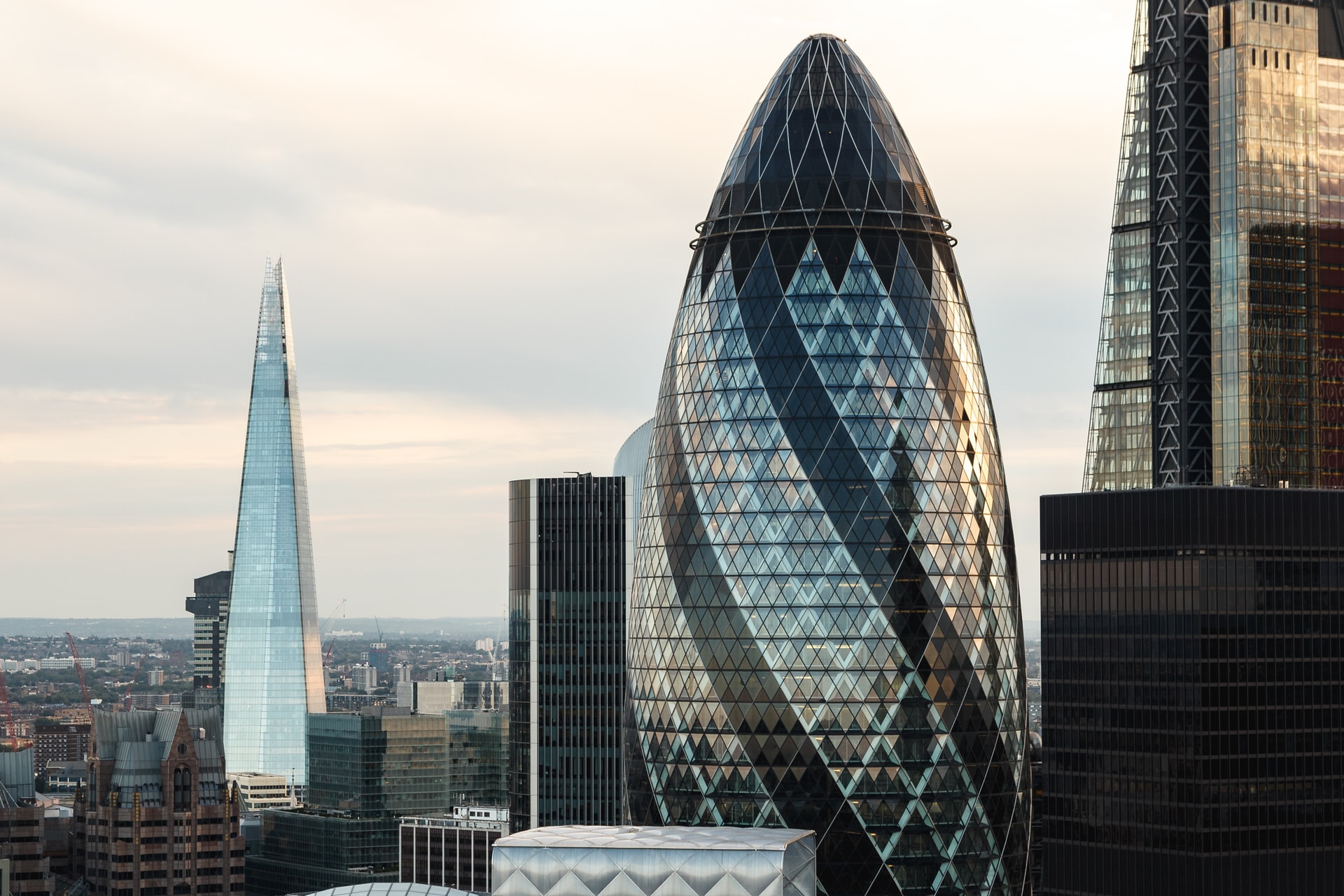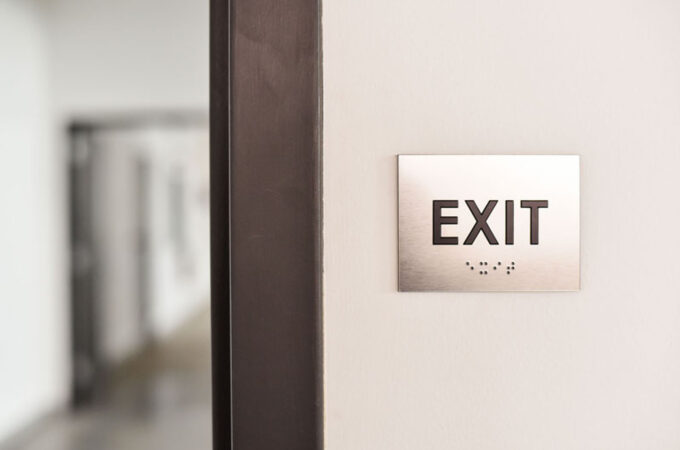
Advantages of Steel Buildings in Modern Construction
The construction landscape has witnessed a transformative shift with the ascendancy of prefab steel buildings in modern architecture. These innovative structures have introduced many advantages that have redefined construction practices. From unmatched strength and adaptability to enhanced cost-efficiency and environmental sustainability, prefabricated steel buildings have become pivotal in reshaping construction. In exploring their manifold benefits, we will uncover how these steel marvels have become instrumental in erecting structures that stand as testaments to efficiency, resilience, and aesthetic brilliance.
Unrivaled Strength and Durability
At the heart of steel buildings lies their remarkable strength and durability. Steel’s high tensile strength enables structures to withstand heavy loads and external pressures without deformation. Unlike traditional materials, such as wood or concrete, steel doesn’t warp, crack, or rot, making it a steadfast choice for long-lasting construction. Using steel ensures that buildings can endure the tests of time and the forces of nature, providing a robust shield against environmental challenges.
Quicker Construction and Efficiency
The efficiency of steel buildings is exemplified by the swifter construction processes they facilitate. The ease of fabrication and pre-engineering of steel components enables rapid on-site assembly. This accelerates construction timelines and translates to cost savings, as reduced labor and shorter project durations enhance overall efficiency. Prefabrication of steel elements ensures that projects are less prone to errors and delays, aligning with the demands of today’s fast-paced construction industry.
Design Flexibility and Aesthetic Appeal
Steel buildings offer unparalleled design flexibility, empowering architects and engineers to realize innovative structures that defy traditional norms. The malleability of steel allows for intricate designs, resulting in captivating architectural forms that are both structurally sound and visually appealing. Whether it’s the sweeping curves of a modern museum or the futuristic lines of a corporate headquarters, steel’s adaptability brings architectural visions to life with finesse.

Cost-Effectiveness and Sustainability
In an era emphasizing fiscal responsibility and environmental stewardship, steel buildings emerge as champions of cost-effectiveness and sustainability. The streamlined construction process and steel’s durability result in structures with lower life-cycle costs. Steel’s recyclability further bolsters its eco-friendly profile, reducing the demand for new materials and minimizing waste. This alignment with sustainable practices benefits the environment and enhances the public image of construction projects.
Fire Resistance and Safety
Safety is a paramount concern in construction, and steel buildings address this with their inherent fire-resistant properties. Steel does not combust, making it a reliable choice for mitigating fire-related risks. This characteristic is particularly crucial in settings where human lives and valuable assets are at stake. Steel’s fire resistance safeguards structures and ensures occupants have time to evacuate in emergencies, adding extra safety to construction projects.
Low Maintenance Requirements
Maintenance can be a significant aspect of any structure, but steel buildings alleviate this concern through low maintenance requirements. The intrinsic durability of steel means structures are less susceptible to wear and tear. Unlike materials requiring frequent repairs and replacements, steel maintains its integrity over time, reducing maintenance costs and logistical challenges. This advantage is especially pronounced in large-scale projects, where cumulative savings over the years can be substantial.
Adaptability and Future-Proofing
The dynamism of the modern world requires adaptable structures that can evolve alongside changing needs. With their modular nature, steel buildings embrace adaptability as a defining feature. The ease of expansion, modification, or repurposing of steel structures ensures their relevance and functionality throughout their lifespan. This future-proofing quality reduces the likelihood of structures becoming obsolete, promoting long-term sustainability and resource conservation.
Conclusion
In conclusion, the advent of prefabricated steel buildings marks a pivotal chapter in the evolution of construction. Their remarkable attributes encompassing strength, efficiency, sustainability, and adaptability underline their significance in modern architecture. From soaring skyscrapers to sprawling warehouses, the utilization of prefab steel buildings transcends domains, showcasing their capacity to redefine both form and function. These steel structures stand as a testament to human ingenuity, resilience, and the limitless possibilities of construction. As the construction industry progresses, the legacy of prefab steel buildings will leave an indelible mark, ensuring that the structures of tomorrow are built upon the firm foundations of today’s technological advancements.




